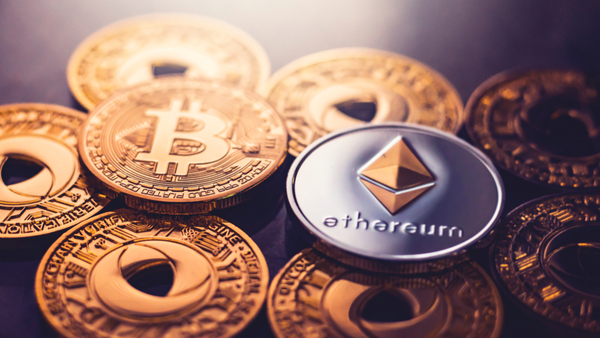Author: Patrick O’Neil Co-Founder of Coinbusters & Chief Digital Asset Educator/Researcher
Investing by Market Capitalization
Token price does not matter, many newer crypto investors are attracted to projects that offer cheap token prices assuming they offer a better upside. The first and most important number when evaluating the potential of a project is its market capitalization. Imagine a stock that is valued at 100 million dollars, each share is 10$, this example has 10 million total shares. If a potential investor were to buy some shares at 10$ on the spot market, the hope would be that the stock price increases over time. If that same stock price were to go up to 15$ per share, the total market cap would now be 150 million dollars and a 50% increase.
This same concept can be used in crypto; it is all too easy to buy into Dogecoin or Shiba Inu enticed by the fractions of a dollar per token. When investors take a step back and realize that Dogecoin’s total market value is currently over 13 billion dollars in a crashed bearish market, the thought of buying in suddenly is less appealing.
Now let’s use a prospective Solana (SOL) investor to tie this all together. Ethereum sits in a corrected state just over a 250-billion-dollar market value. This investor has done their research and believes Solana will compete with Ethereum and slowly steal some of its market share. Knowing that the SOL token is roughly 1/13th the size of Ethereum’s market share, the upside is apparent. Afterall it is much easier for a smaller token to move in value than one with a larger valuation. Market cap is a simple way to compare like projects in the space.
Circulating and Total Supply
Continuing with the Solana example, the SOL token has a circulating supply of 330 million. The circulating supply is the number of tokens available on the market to trade, stake for rewards, and participate in Solana applications. When looking at this first number, it is important to take heed of the total supply, SOL has a total supply of 508 million. The total supply is the total value if all tokens were released, this is a good metric for evaluating the long-term potential value of a network and its token. Every network has its own release schedule.
This number is also important because many projects dilute their value by releasing too many tokens early on. There needs to be a constant stream of demand to purchase and hold the tokens as they release, otherwise the price of the token will fall over time. Inflationary rewards can be good thing, but in moderation. Knowing that SOL has over 50% of its total supply released is a positive metric. Too often, projects find themselves at a massive valuation with only 10% of tokens released, investors need to remember that the total future value of the project would be 10x the current market cap (likely way too expensive).
Tokens that are locked up for rewards technically count in the circulating supply but can reduce the number of available tokens for trade, less supply with equal demand=positive price action. Locking tokens usually provides an APY in tokens of the asset in question, the percentage of tokens staked can be useful data as well.
Initial Token Allocation
The initial token allocation is one of the most important aspects for prospective investors. Initial allocations decide how many tokens (as a percentage) will be allocated to private investors, the team, the ecosystem, and more. Do remember the founders and team usually get the best token initial token price, followed by private investors which are typically venture capitalist firms or other larger investors.
Favorable allocations reserve a large portion of the total supply for ecosystem development and investor incentives. It is also important that the team reserve some supply for a treasury. The treasury can function as the backup fund of cash or other stable assets to carry the project through difficult markets. The treasury is usually fed by selling some tokens for these other assets over time. Many projects allow on chain voting for allocation and use of the treasury involving their community of investors.
One negative aspect for SOL is that it has one of the higher allocations for the team, company, and VC firms. More tokens for large early investors equates to more potential dumping of the price action as tokens unlock. These early investors get token prices that public could only dream of, for SOL it was under 50 cents per token, this over a 500x gain at today’s prices. For part II of this series, we will discuss token release schedules, inflation vs. deflation and validator incentives. Thank you for reading.
https://www.coingecko.com/en/coins/solana
https://messari.io/enterprise?utm_term=messari&utm_campaign=OM+%7C+Search+%7C+Enterprise&utm_source=adwords&utm_medium=ppc&hsa_acc=1352272735&hsa_cam=17203086370&hsa_grp=136082671346&hsa_ad=597007650161&hsa_src=g&hsa_tgt=kwd-336750424707&hsa_kw=messari&hsa_mt=b&hsa_net=adwords&hsa_ver=3
For more news, information, and strategy, visit the Crypto Channel.

